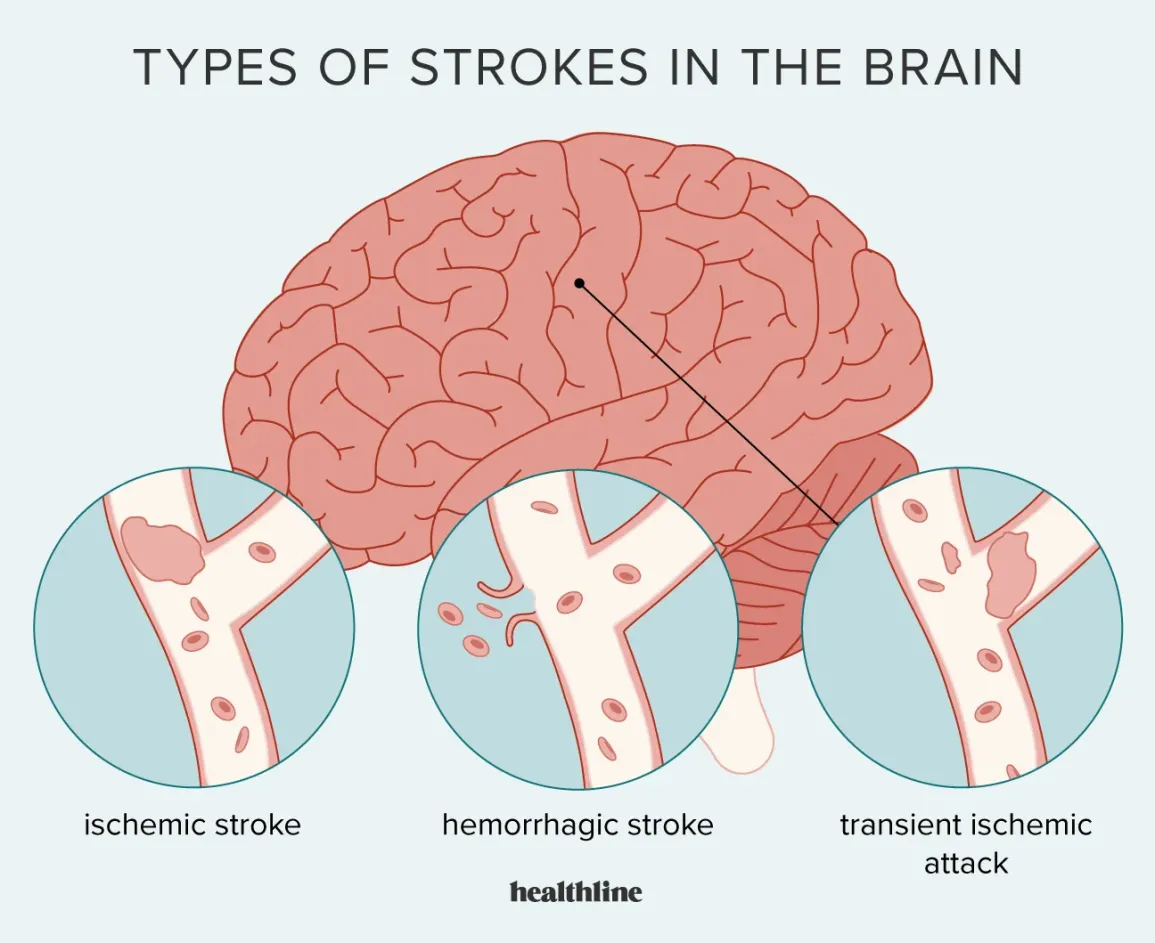There are numerous conditions associated with the brain, and if left untreated, these can lead to serious consequences, including death. The effects can vary depending on the age at which injuries occur and how they impact the brain. A brain stroke, often referred to as a brain attack, happens when the blood flow to the brain is interrupted. In simpler terms, any situation that obstructs the smooth flow of blood to the brain can result in a stroke. There are two primary types of brain strokes: ischemic and hemorrhagic. It is crucial to seek immediate medical attention if a stroke is suspected.
Two Types of Brain Strokes
Brain strokes can be broadly classified into two types: ischemic and hemorrhagic strokes. Each type has distinct characteristics and treatment options.
- Ischemic Stroke occurs when a part of the brain does not receive sufficient blood due to a blockage or reduction in blood supply. This lack of blood flow reduces the delivery of essential nutrients and oxygen to the brain, leading to rapid brain cell death.
- Hemorrhagic Stroke: This type occurs when a blood vessel in the brain bursts or leaks, resulting in bleeding within the brain, also known as a brain hemorrhage. A brain hemorrhage can be fatal if not treated promptly. Factors such as a ruptured aneurysm or head injuries, including traumatic brain injuries, can lead to a hemorrhagic stroke.
.
Causes and Risk Factors of Brain Stroke
Several factors contribute to the development of brain strokes, including underlying health conditions, family history, and lifestyle choices. Understanding these risk factors can help individuals take preventive measures.
– High Blood Pressure: People with high blood pressure are at increased risk because constricted and narrowed blood vessels can lead to hemorrhagic strokes if left uncontrolled.
– Family History: If there is a history of brain strokes in the family, it is essential to be aware that the risk is higher. The likelihood of having a stroke can be significant, emphasizing the importance of discussing this with a healthcare provider.
– Age: Age is a significant risk factor for many health issues, including brain strokes. The risk of experiencing a stroke increases with age, particularly peaking around 55.
– Atherosclerosis or High Cholesterol: The buildup of plaque or fatty layers in blood vessels can limit blood circulation to the brain, increasing the chances of an ischemic stroke.
Treatment for Brain Stroke in India
Brain stroke treatment in India varies depending on the type and severity of the condition. For ischemic stroke, improving blood flow brain stroke treatment can involve procedures such as angioplasty and stenting, which widen arteries to increase blood circulation. Thrombectomy and endovascular procedures can physically remove blockages using catheters. The primary treatment for ischemic stroke is administering tissue plasminogen activator (tPA) intravenously to dissolve blood clots.
For hemorrhagic strokes, it is crucial to repair the damaged blood vessel, either through surgery or endovascular procedures, to prevent further complications. Regular check-ups and consultations with the best neurologist in Ludhiana can be beneficial, as they have the expertise and resources for effective treatment.
